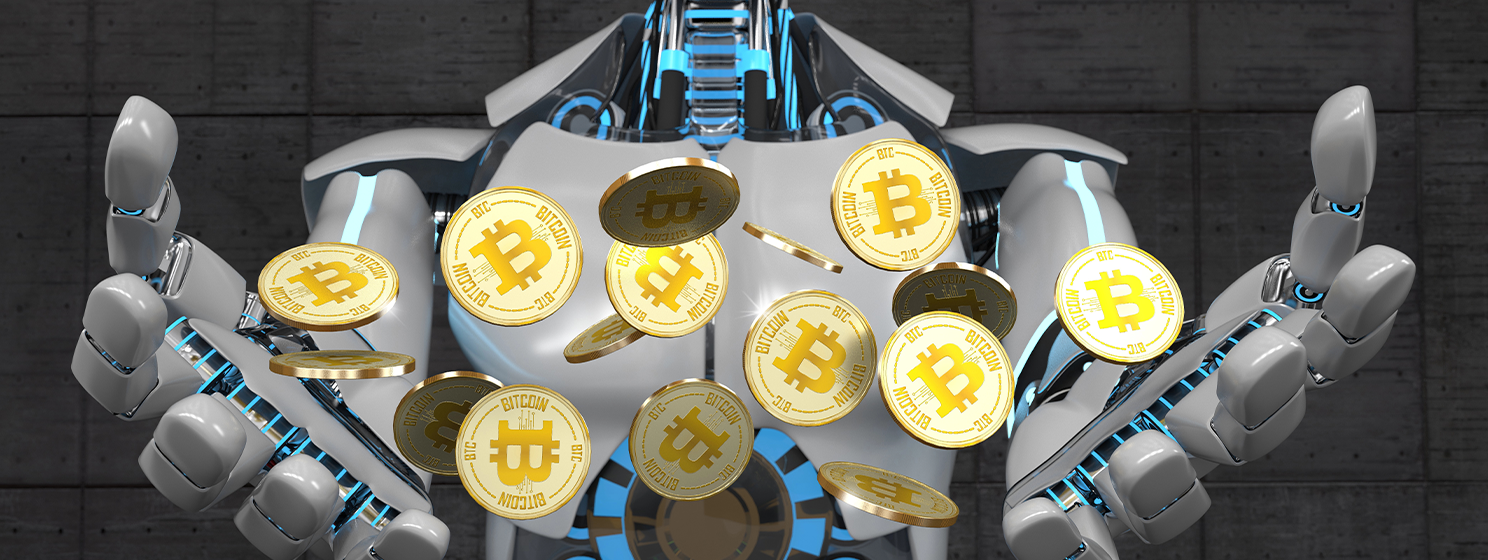|
Getting your Trinity Audio player ready...
|
The legal saga over protocol developers’ obligations to combat illegitimate transactions just became front and center. In 2020, Dr. Craig Wright and his legal team sent letters to BTC Core developers, representatives from the BCH community and representatives of the BSV community. But to understand why this is still important, it’s necessary to look back into Bitcoin history for a feature many had forgotten: the Bitcoin Alert Key.
In June 2020, law firm ONTIER LLP, representing Dr. Craig Wright and his company Tulip Trading, sent out the series of letters describing a hack on Wright’s computer network in February that year that was reported to the Surrey Police in the U.K. The intrusion, according to Dr. Wright, resulted in the loss of an encrypted file containing the private keys to almost 111,000 unsplit BTC. Additionally, the attacker stole part of the information required to decrypt the file, and then deleted the material from Wright’s network.
The 2020 letters notified BTC Core developers Wladimir van der Laan, Jonas Schnelli and Pieter Wuille that they have a legal responsibility to nullify any transactions on the BTC network if there is a court order to do so. Subsequent letters went to Bitcoin ABC lead developer Amaury Sechet and entrepreneur Roger Ver (representing BCH at the time) as well as to the Bitcoin Association.
The BTC and BCH letters contained an additional warning, pointing out that the Bitcoin transaction database (now with 12 years of data) remains the intellectual property of “Satoshi Nakamoto,” and as such those networks are using the database without permission.
Here’s where the Bitcoin Alert Key comes in
The June 2020 letters informed recipients that Tulip Trading intends to regain legal control over the stolen data—which would require action from the developers. Although some of the recipients were not developers, they are regarded as having influence over protocol direction otherwise known as a fiduciary responsibility.
Recovering stolen Bitcoins will require a court order establishing who the legal owner of the property is, and freezing/unfreezing of the UTXOs (unspent transaction outputs) involving the value in question. It’s the miners who would enforce this rule, but the protocol software needs a way to broadcast the message to all concerned, and in a way miners could guarantee the message came from an authorized source.
This is what Bitcoin’s Alert Key system was designed to do. There’s one problem, though, and it’s a big one: the Alert Key was removed from the Bitcoin protocol software in 2016. It had not been used since April 2014. At the time, developers gave this justification: they feared the key could be abused and access to its features may have been compromised. Reportedly, there was a possibility that Mt. Gox CEO Mark Karpeles had somehow gained access to the keys, and the access codes had fallen into the hands of Japanese police after Karpeles’ arrest and interrogation.
Wladimir Van Der Laan also argued that a P2P alert system represented a centralized point of control and thus attack vector. He and other protocol developers acting as fiduciaries agreed that some kind of communication system remained necessary, but suggested other means to notify miners of urgent changes, such as social media forums and mailing lists.
The original Bitcoin Alert Key was never used for its intended purpose in notifying miners to freeze/unfreeze UTXOs. It was used 12 times between February 2012 and April 2014, mainly to broadcast urgent software upgrade notices, and security fixes.
Developers officially “retired” the Alert Key with Bitcoin 0.13.0 in 2016. They also subsequently published the access codes to the Alert Key in 2018 to ensure no future Alert would be acted upon.
Satoshi Nakamoto added the Alert Key to the Bitcoin protocol in 2010, and is said to have handed access to it to Gavin Andresen before ceasing communications with the BTC community later that year.
Alert Key necessary for Bitcoin to operate within law
Dr. Craig Wright has stated in recent years that the Alert Key system was actually necessary for Bitcoin to function legally. Protocol developers, he said, should use the Key to notify the network that particular UTXOs or transactions should be frozen, if there was a court order to do so.
In 2011, bitcoin had a methodology to freeze bitcoin. As I noted, the alert key was something I introduced. They cannot argue that I didn’t mean to. More importantly, this narrative that the Blockchain can’t be changed is false. At one point over a thousand blocks were rolled back. They don’t talk about this anymore because the narrative of what they’re trying to create doesn’t allow it. Lightning cannot work if blocks can be rolled back. So the argument they make against me is really one of protecting their money-laundering empire.
The Alert Key was the only way Bitcoin could stop the various hacks, thefts and scams that have plagued its ecosystem since its inception. The hack/theft on Dr. Wright’s own personal network would be a prime example of such a situation but there are many other people that have fallen victim to theft of their Bitcoins. Even more have lost their private keys and any access to their property.
“They are seeking a system that enables money-laundering and this is why they can make this argument. However the argument is not based on reality and does not have any evidence. This is why they fight not to be in court.”
A court battle over the issue is in Bitcoin’s future. But how to alert processors on a network when there’s no longer an Alert Key?
Mt. Gox enters the story again
Dr. Wright pointed out that the Alert Key system was still included and functional in the Bitcoin protocol software between 2011 and 2014—the time period over which someone removed 850,000 BTC from Mt. Gox’s wallets. He added that CEO Karpeles, who was allegedly aware of the theft long before Mt. Gox shuttered in 2014, had a fiduciary responsibility to notify the authorities of these losses immediately, but had not done so.
Instead, Wright said, Karpeles chose to present “fabricated stories about transaction malleability that others in Blockstream used as part of the false narrative to promote Lightning and their money-laundering solutions.”
He raised doubt about most aspects of the Mt. Gox story, and described how using the Alert Key would have solved the problem easily.
“The 2011 process for Mt Gox if their story was true would have been simple. Rather than having a secret communication on a supposed text message based Skype record that was forensically never verified (basically a text file from a person facing criminal charges that was altered to remove all meta data) they could have simply said to Gavin Andresen that this theft occurred and please send a message on the Bitcoin network using the alert key. Doing that would have frozen all of the bitcoin that they lost. Legally, there are reporting requirements for fiduciary organisations following hacking. Not following these is a crime.”
The false notion of ‘censorship resistance’
The Alert Key as a UXTO-freezing mechanism wasn’t discussed in the developers’ conversation surrounding its removal. Such a notion would have damaged the (false) belief that Bitcoin is somehow “censorship-resistant,” which has become gospel in the user community over the years.
“It was the Electronic Frontier Foundation in 2011 that came up with the narrative that Bitcoin was censorship resistant,” Dr. Wright added. “That was created in order to promote organisations like WikiLeaks to take bitcoin and to avoid government sanctions. A part of removing the alert key is that it destroys the false myth of censorship resistance. It is very simple for government to implement freezing orders as they did with Liberty Reserve with an alert key. More importantly, there is nothing that home users can do to stop the alert key and if miners seek to ignore it, there is a lot of action that governments can take against them.”
Please realize that no anonymous blockchain asset can survive long-term if BTC’s current form continues. Regulators simply would not tolerate it, and serious users would turn away. BTC has not grown on the trajectory its supporters wanted, and there is a reason. However the original Bitcoin lives on as BSV and is finding a place for itself by cooperating with the existing economy.

 12-17-2025
12-17-2025 




